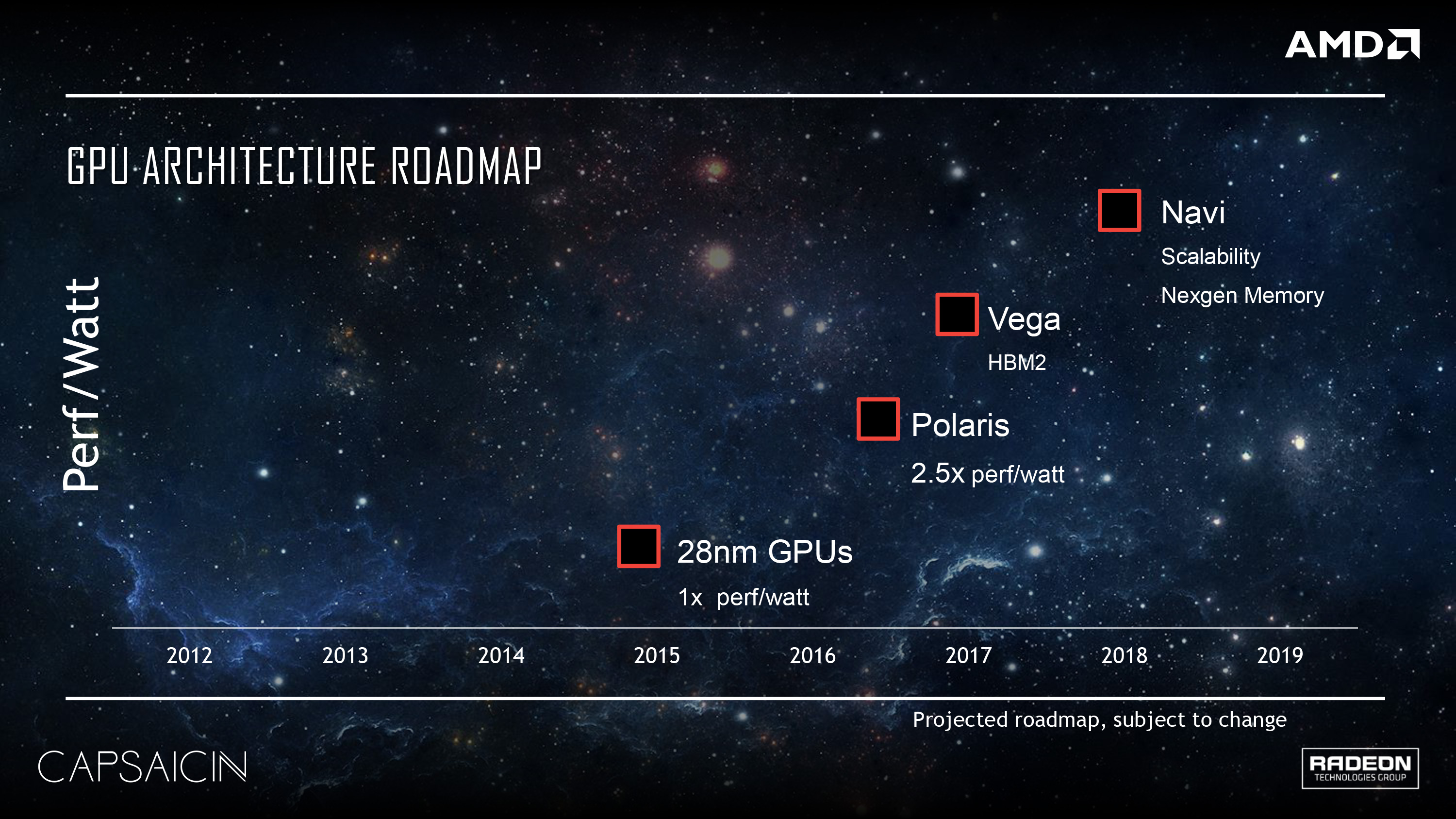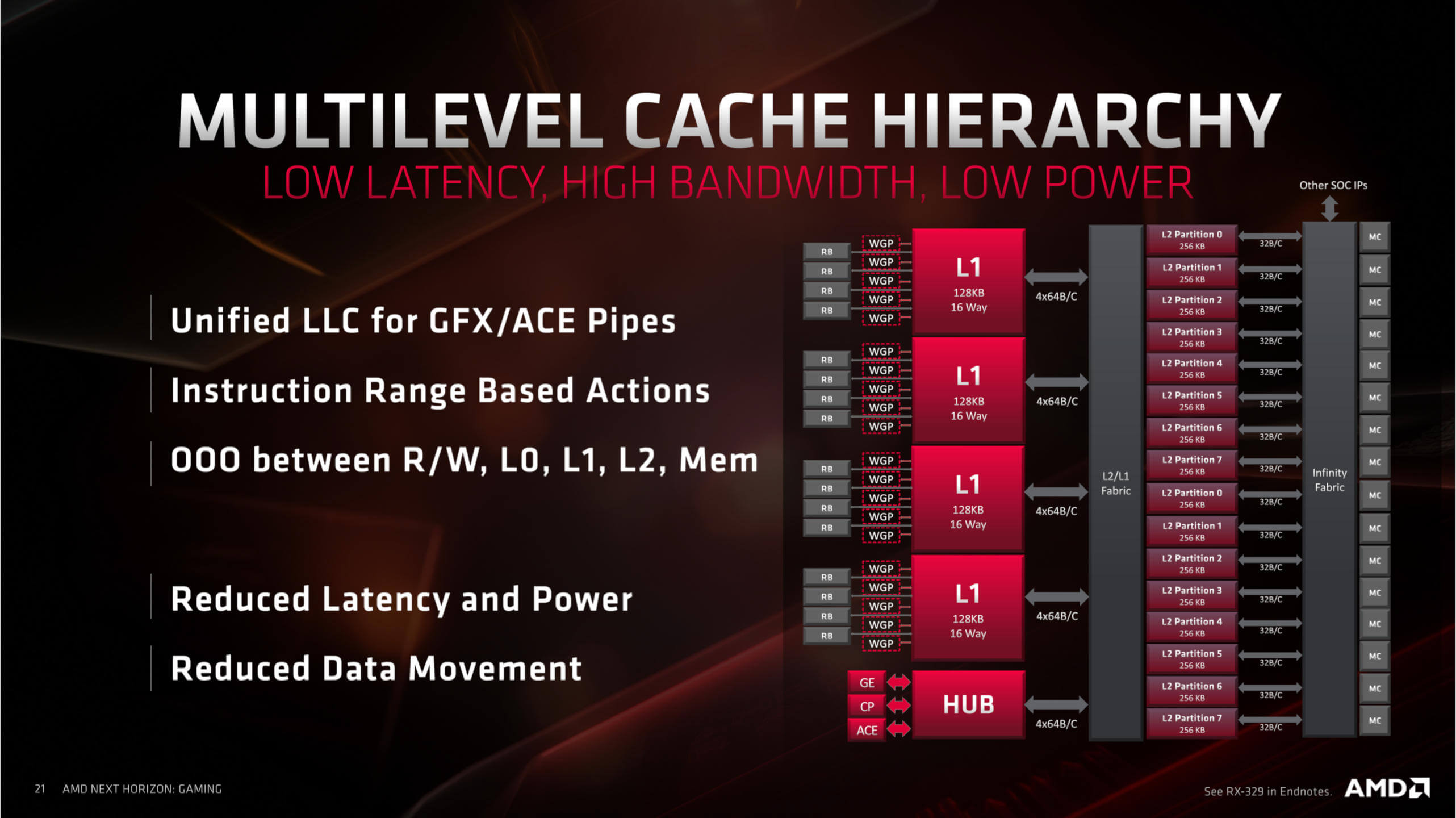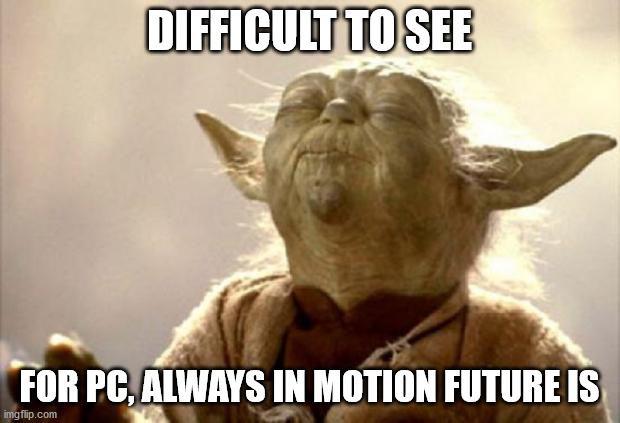The last few pages have been one big mess. People are confusing decompression speed with compression rates and missing a lot of info regarding how these consoles really work.
Both Sony and MS have a decompression block, Sony has a single purpose decompression block which specializes in Kraken while MS has two different decompression methods in their block, one is Zlib and the other is BCPack. There are two different metrics when we talk about these blocks and they are confusing because both translate to GB/s. The first is how small the decompression method can make a piece of data. For instance, you take a 10MB image and compress it with Kraken it should result in an average around 6MB while if you compress it using BC (not BCpack because we don't have BCPack numbers yet) it would be around 5MB. Because the data becomes smaller, it can transfer faster. If we've compressed a 10MB file on one end to 5MB, transmitted it and on the other side we decompress it again, we can transfer it in half the time so that's where numbers like 8GB/s or 4.8GB/s are coming from. The other metric which also translates to GB/s is how fast the decompressor can decompress the data. If we look at our 5MB compressed file, decompressing it will take time. So for instance, if it takes 5 seconds to decompress the 5MB back to its' original 10MB, our decompressor has a 2MB/s decompression rate. The decompression rate is depended on four things - the compression algorithm (BCPack, Zlib, maybe Kraken?), the data type (image, sound, text?), specifics of the data within its' type (is the image full of black blobs or is it very noisy?) and how powerful is the hardware that decompresses the data (are we using a 2700K or a 9700k?).
So as you can see, there isn't really a fixed speed we can latch to and say "PS5 SSD is 129.2525% faster", every single frame the data that flows off the SSD will be compressed with different efficiency, a different speed. Even before I'm going to get into numbers, I think it's pretty obvious that the PS5 solution is faster, they just have too much raw bandwidth for MS to keep up with them so it doesn't really matter how anyone manipulated the numbers, even if we are talking about a very ambiguous field that's hard to slap a single number on it.
So after my extremely long opening, I want to refer to what MS and Sony had said and how it probably translates to the real world. Sony is using Kraken, developers can use whatever compression they like but if they want the PS5's decompression block to decompress the data instead of the CPU, they will use Kraken. Every compression method has edge cases, so a figure like "22GB/s" shouldn't be taken as anything other than a figure that Sony and Oodle got here and there when Kraken had hit some perfect piece of data that got compressed by 75% which quadruples the bandwidth as result. Cerny told us the typical compression will result at around 8-9 GB/s. It means that some data will run through the bus at 6GB/s, other at 14GB/s but at the end, the average is around 8-9 GB/s.
MS, on the other hand, is a bit more all over the place, we have a few figures to talk about. The first one is "Over 6GB/s", that's how fast the decompressor block can decompress data. It means that, on the average usage, the decompressor block will decompress data at over 6GB/s. It doesn't mean the data was compressed 2.5x times so the SSD bandwidth will hit 6GB/s+. It's like saying "my 9700K can decompress this file at 6GB per second", it doesn't tell us anything about the size or how well compressed is the file (was the 10MB file compressed to 9MB? to 3MB? Who knows?), just how fast the hardware can decompress it. It also means that sometimes the block will decompress at 4GB/s and on others 10GB/s, it depends on the data type and other variables we've talked about three paragraphs ago.
The second number MS gave us was 4.8GB/s, that's the equivalent to Cerny's 8-9 GB/s figure. That number is a culmination of the speed of the decompression block which acts as some form of a ceiling to the whole decompression process, Zlib which is the compression method all the data which isn't textures will be compressed in and BCPack which is the compression method all the textures will be compressed in. If we flatten the discussion to "BCPack can do 50%", then 4.8GB/s is basically a combination of the raw transfer rate of the SSD, X% of the data which will use Zlib and Y% of the data which will use BCPack. The reason MS's number is X2 the raw bandwidth isn't because BC has 50% average compression ratio, but because some data will use Zlib, most data will use BCPack and BCPack has better compression on average than BC's 50%.
So to sum it up, MS is expecting that on average data will be compressed around 50%, yielding 4.8GB/s while Sony is expecting that on average data will be compressed by 31% - 39%. It doesn't mean BCPack has 50% compression, it actually means it has better than 50% because after you average it out with Zlib which is sub-30% compression on average, we get 50% compression. The 6GB/s figure MS has thrown around should be discarded from this discussion, because it doesn't tell us much and we don't even have a number for the PS5's decompression block. BC can have edge cases that hit over 75% compression and BCPack is more efficient than BC, which means that some rare data on XSX will transfer at well over 10GB/s, but using that number will be bullshit, just like the 22GB/s number from an edge case on PS5.
Such a long post which can be summed by one simple line, XSX has 4.8GB/s typical bandwidth while PS5 has 8-9 GB/s typical bandwidth. Everything else is just noise.










